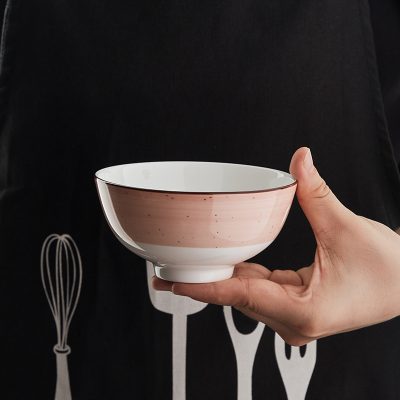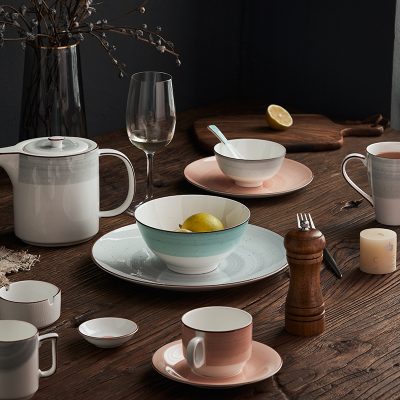Most of the toys used in households are generally ceramic bowls. And the newly renovated house, the owner is also willing to buy a set of beautiful ceramic bowls to use. Ceramic bowls are so closely related to our life health, so are ceramic bowls toxic?
Are ceramic bowls toxic?
1. The commonly used ceramic bowls are made of clay after firing, and then add a layer of glaze water. Before the glaze is fired, it usually contains red dan, commonly known as “arsenic”. After being fired by a special process, the red dan will be converted into a harmless lead chemical, so a qualified ceramic bowl is harmless to the human body.
And some unqualified ceramic bowls on the market, due to factors such as insufficient baking temperature or improper processing by workers, resulting in excessive lead dissolution in ceramic bowls. When eating in such a ceramic bowl, lead may be leached out by organic acids in the food.
2. The brighter the color of the ceramic bowl, the easier it is for heavy metals to exceed the standard. According to reports, in order to pursue bright colors, manufacturers will add some heavy metal additives to the glaze. Due to excessive heavy metals, the lead and cadmium dissolution of ceramic tableware often exceeds the national standard dozens of times.
Long-term use of such tableware, the lead and cadmium will enter the body with food. Lead can exist in the blood for a long time, causing vascular smooth muscle spasm, causing ischemia in important organs such as liver, kidney, and brain, cell damage, affecting the normal metabolism of nerve cells, and adverse effects on the intellectual development of children. The kidney is the main organ damaged by cadmium, and it accumulates in the bones, which can lead to decreased immunity, joint deformation and pain.






















